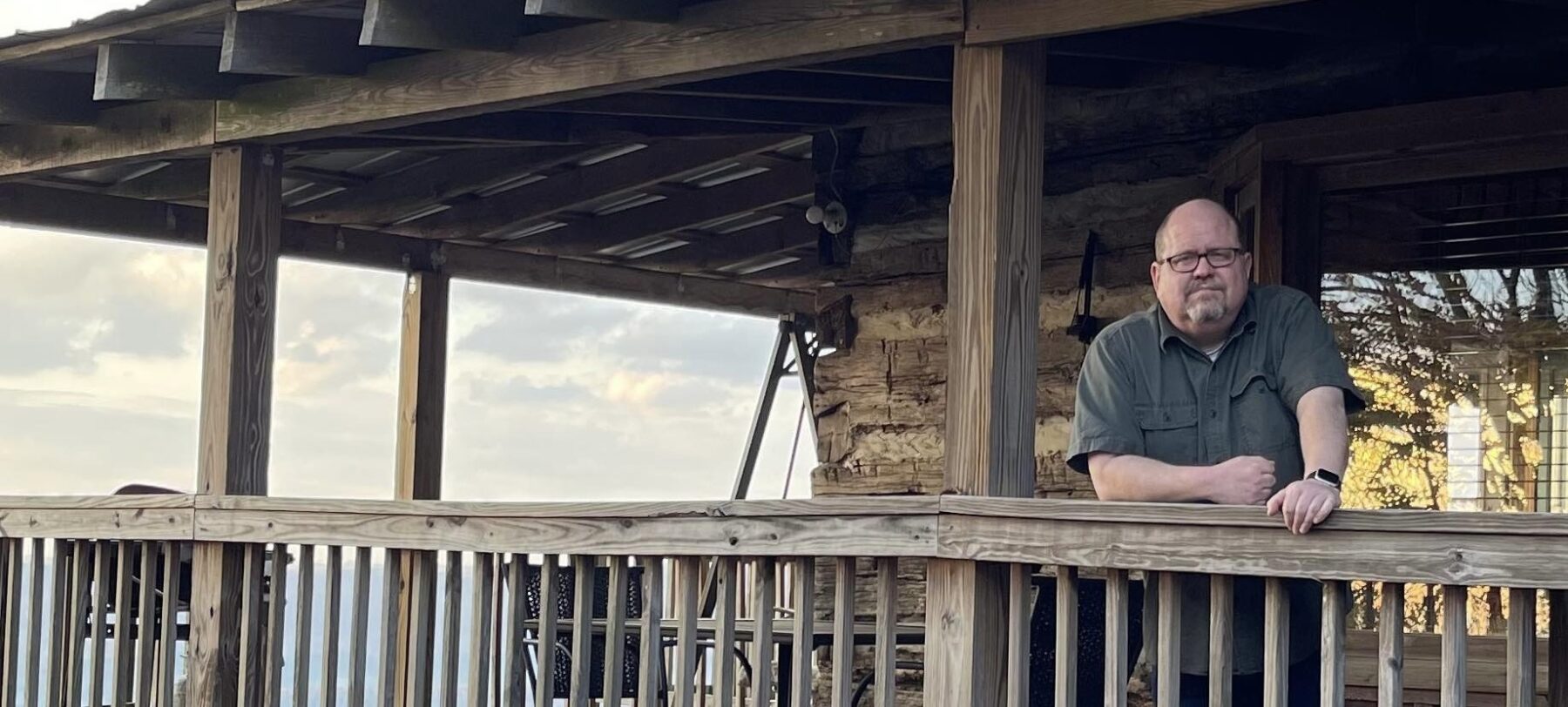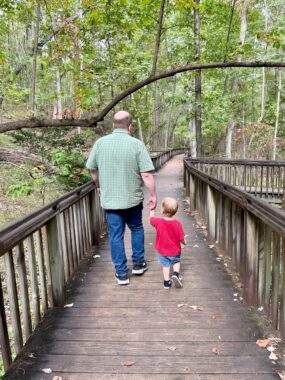Guest Voice: A management career didn’t prepare me for MG
Managing a rare disease is something no one will perfect
Written by |

Stephen V. Smith shares his reflections on managing a rare disease like MG. (Courtesy of Stephen V. Smith)
Stephen V. Smith makes his home in the Appalachian region of northeastern Alabama, where he writes about ways to pursue a rare life. He’s a husband, father, and pawpaw who loves his family, the arts, and nature. A former newspaper journalist, he built a communications agency, landed it on the Inc. 5000 list, and then sold it during the pandemic. He has wrestled with myasthenia gravis (MG) since 2014.
As a small business owner, I’ve spent years managing: managing people, projects, time, money, and other resources. It’s a skill that must constantly be honed, but it’s never perfect.
Challenges like a recession, a pandemic, a natural disaster, rapid growth, and an acquisition certainly tested the limits of my management abilities. But none compare to the journey that began in October 2014 with four words: “You have myasthenia gravis.”
The first symptom I had was a numb spot on my upper lip, which progressed to difficulty chewing and swallowing. I spoke with my doctor. I researched. My wife and I considered MG as a possible culprit, but its rare nature, plus the wide variety of symptoms, caused us to look elsewhere. When a neurologist proclaimed, “You either have MG or ALS,” we sought out a specialist.

Stephen V. Smith and his wife, Michele, enjoy a trip to Laurel, Mississippi, this year. (Photo by Stephen V. Smith)
A year passed between the first symptom and my diagnosis. What followed was a cascade of trauma, trials, and surprises. A CT scan revealed a thymoma, a rare tumor that forms on the thymus gland. I had a thymectomy, followed by a myasthenic crisis. I was in two hospitals for a total of seven weeks, 12 days of which were spent on a ventilator.
Debilitated by a lack of mobility, I had to train my body to walk again. Still unable to swallow, I agreed to a feeding tube so I could finally go home. That’s how I ate and took medication for three months.
Finding online communities of MG patients and caregivers helped us navigate those early, scary days. But I observed a concerning pattern: Most people who experienced one crisis experienced at least one more. I wondered if the worst of my MG days were really behind me.
They weren’t.
Despite my efforts to manage it, MG robbed me of my productivity with countless flares and a few crises. I was intubated again in 2023, wondering if I’d wake up with a tracheostomy — or at all.
My neurologist ordered two ports to be placed in my chest for regular plasma exchange treatments. I also have in-home intravenous immunoglobulin infusions. My breathing is affected by posterior glottic stenosis — a narrowing of the larynx and scarring of the vocal cords — because of the ventilator’s tube. I had surgery last year to open the airway.
Reflections on managing life with MG
Living with myasthenia gravis is like overseeing a large-scale project with no end date. The following are some of my observations about it.
Managing medical care: No one knows my condition better than me. My team knows the disease process and has years of experience, but my specifics are mine alone. I’ve learned to advocate for myself as the person living my unique story. Most physicians appreciate the additional insight.
Managing self-care: I can do things to lessen the severity of MG, such as sleep well, rest when fatigued, stay hydrated, and eat healthily. But the impact of MG goes beyond the physical aspects. I must also pay attention to the unseen things — the mental, emotional, and spiritual components. Spending time outdoors helps, as I enjoy nature and reflecting on a world that’s much bigger than me and my condition.
Managing relationships: My No. 1 relationship is with my wife, Michele. She’s suffered and rejoiced, cried and laughed, and struggled and celebrated alongside me. If I’m not careful, we can drift toward allowing MG to define our relationship during tough times. The same goes for my connection with our adult children and our precious 4-year-old grandson. I must intentionally manage these vital relationships.

Stephen V. Smith explores DeSoto State Park in Alabama, with his 4-year-old grandson, Ryder. (Courtesy of Stephen V. Smith)
Managing work: I’ve been accused of being a workaholic, overly driven, intensely focused, and unable to stop taking on new and interesting projects. There’s a level of truth to these characterizations. It’s a difficult part of my life to manage, but I’m learning I simply can’t do everything and must make difficult decisions for my short-term and long-term vocational plans.
Managing community: Our lives have been enriched by our community. We’ve been blessed to find a group of people who are passionate about visual arts, music, and the glorious natural world. Cultivating these relationships takes intentional effort, like volunteering on the local arts council board, supporting its events, and spending time in fellowship with our people.
Managing a mission: This is my greatest challenge, and may be yours, too. Living with a rare disease — especially one that came close to claiming my life more than once — sometimes leaves me unmoored. What’s my mission? What goals should I be working toward? Where’s my life going?
The hard work is determining what I want to leave behind as a legacy, then being mindful of the steps I’m taking each day toward that vision. A mission can be a moving target, which for me is the most challenging part of managing a life with MG.
As with running a small business, managing a rare disease is something no one will perfect. The severity of my condition changes. Treatment options change. What helps me today may not be effective tomorrow. I’m never finished learning, and acknowledging that helps me focus on things I can control.
To submit your own Guest Voice for publication on Myasthenia Gravis News, please email your idea to our columns manager at [email protected] with the following included in the subject line: “Guest Voice: Myasthenia Gravis News.”
Note: Myasthenia Gravis News is strictly a news and information website about the disease. It does not provide medical advice, diagnosis, or treatment. This content is not intended to be a substitute for professional medical advice, diagnosis, or treatment. Always seek the advice of your physician or other qualified health provider with any questions you may have regarding a medical condition. Never disregard professional medical advice or delay in seeking it because of something you have read on this website. The opinions expressed in this column are not those of Myasthenia Gravis News or its parent company, Bionews, and are intended to spark discussion about issues pertaining to myasthenia gravis.






Leave a comment
Fill in the required fields to post. Your email address will not be published.